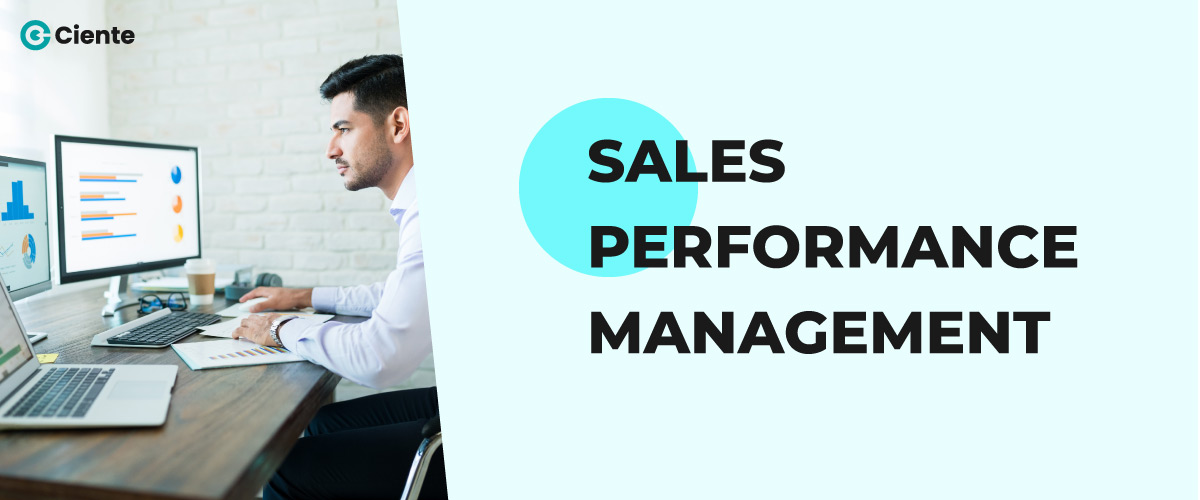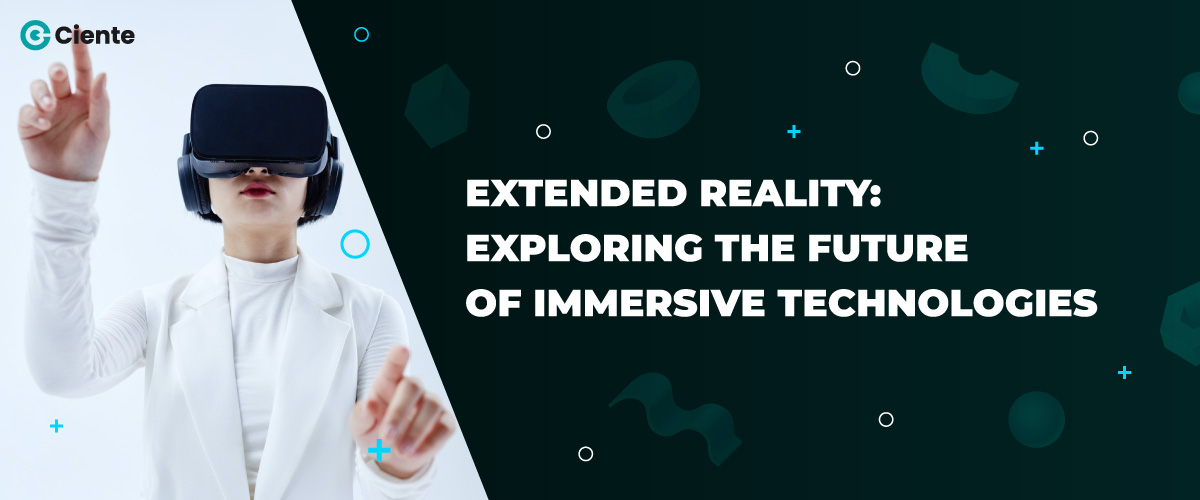Sales Performance Management: Critical Elements for Better Sales
Is a Sales Performance Management (SPM) software what you need to challenge the status quo? Read this blog to know whether SPM can change the game for your sales team.
According to Open Symmetry, sales performance management (SPM) can enable almost over 80% of sales representatives to achieve their goals. And also get a 3x higher revenue growth as compared to others.
A sales representative must ensure a smooth customer experience from start to finish. From identifying a customer’s needs, pitching relevant products, and ultimately, winning deals – a sales rep has to be the face of the company and even bear the brunt of any negative feedback from the customer.
To sum it up, sales reps have a cadence to leads their sales pitches in a way that converts. Having sales performance management software in place can help sales teams get a holistic view of the sales.
If you are a large organization, you are likely to include more elements in your performance management. While for companies with just a single product or small teams, sales performance management with fewer elements will also be great.
What to Look for in Your Sales Performance Management Software?
To start with, let us first understand what an ideal SPM software must comprise.
Look for software that easily integrates your sales processes with other operational and financial data.
Whether you are just starting with SPM or an established firm looking for a better option, SPM software that is
- easy to use,
- offers enough integration,
- and, most importantly, IMPROVES your performance
would be an ideal pick.
Here are a few features that will help you identify the perfect software for you:-
Process Automation Capabilities
Your sales performance management software should be advanced enough to let your sales reps automate mundane processes.
For instance, many teams find it challenging to track where each member is in the sales process. So, a tool that helps you solve this and other such problems would be an ideal fit for you.
Performance Analysis and Optimization
To achieve the maximum outfit, a sales manager should be equipped with real-time insights. Go for software that lets you judge your sales representatives’ performance and pinpoint what are the areas they need to be coached upon.
Compensation Management
As a sales manager, you would want an accurate compensation system. Ensuring your sales reps are well-incentivized and fairly paid is a preeminent motivation for the team and helps maintain healthy competition.
Quota Management
An ideal SPM software should help you forecast future quota targets based on relevant data.
It is imperative to set accurate quotas for your sales representatives’ overall goal achievement.
Hence, look for a solution that offers you various quota planning options and lets you pull data from multiple sources while setting your quotas.
Territory Management
Fair territory management is essential for keeping up employee morale and performance.
As a sales manager, you will need your SPM software to strategically divide and assign territories amongst sales reps. Effective territory management will also help you allocate the best-suited sales representative to each territory for optimum revenue generation.
Leaderboards and Training
Acknowledging when your employee is performing well and when they need a little more push is what distinguishes good managers from better ones.
A platform enabling you to do this while also providing your sales team with information such as best practices and other training material at a mouse click will be a boon for you.
Choosing the right sales performance management software can be overwhelming, especially if you have a diverse range of products. But, with the fundamental checklist of features listed above, you should easily be able to shortlist the right one for you and your team.
Critical Elements for a Sales Performance Management Process
With the software in place, you’re well-equipped enough to move to implement a sales performance management process.
Here are seven critical elements to focus on while devising your SPM process:-
Highlight Sales Performance Metrics:
This is the first and the most basic step. Think of it like creating a blueprint for your overall performance.
The top 3 metrics to consider are:-
- Lead-to-opportunity conversions rate
- Sales quota attainment
- Overall sales productivity metrics, such as – total hours spent prospecting, total closed deals, etc.
Focus on Goal Awareness
Merely curating a blueprint wouldn’t work unless all the team members are aware of it.
Communicate your goals to your sales reps and get their feedback on them. You must be open to incorporating suggestions and modifying the targets based on their feedback.
Pro tip: Try explaining why you chose the set targets and declare rewards for the top performers to make them feel heard and more included.
Offer Training and Feedback
The first step to giving proper training starts with identifying what type of training that employee requires. Evaluate whether your team members need classroom training or one-on-ones and act accordingly.
Set aside time for regular performance reviews, and create a performance plan that includes learning and development.
Divide and Assign Territories
Consider territories as the chessboard of your sales game. The key is to meticulously cut and assign territories, avoiding overlaps and ensuring each representative has ample prospects. Prioritize top performers on the most promising accounts for optimal results.
Foster Healthy Competition
Sales representatives thrive on competition, making a sales leaderboard a valuable motivational tool. Whether based on appointments, wins, conversions, or revenue, these leaderboards provide real-time insights into team performance and foster a dynamic and competitive environment.
Monitor Productivity
Maintaining a watchful eye on daily rep productivity is crucial. Monitoring their activities allows for strategic interventions based on skills rather than mere effort. Analyze if they’re efficiently covering their assigned territories, meeting the expected visit quotas, and successfully closing deals. This insight ensures targeted training and development efforts.
How Would Sales Performance Management Benefit You?
The benefits of SPM extend far beyond the 3x revenue growth and the access to all the sales processes in a single place. You can consider investing in a SPM for the following reasons:-
Strategic Sales Forecasting with Sales Performance Management (SPM):
The pivotal role of SPM is to provide a crystal-clear view of future sales trends through meticulous data tracking, enabling organizations to predict revenue based on the track record of their sales representatives.
SPM as a Linchpin for Sales Rep Development:
SPM is the influential pillar for fostering the professional growth of sales reps, introducing structured and accountable dimensions to sales training, and envisioning comprehensive development plans for employees at all experience levels.
Compensation Structures Illuminated by SPM:
Examining the role of SPM in compensation structures and its ability to unveil crucial metrics beyond deal closures, providing insights into a long-term relationship nurturing and prompting the design of compensation plans that genuinely reflect efforts in client retention and expansion.
SPM’s Promise of Increased Sales and Revenue:
The ultimate impact of having an effective SPM is a harmonious blend of well-trained reps, fair compensation structures, and strategic territory assignments well-orchestrated by a well-implemented SPM process for a notable surge in overall sales performance.
Wrapping it up
The bottom line is, for any sales team, the game-changing potential of Sales Performance Management (SPM) software is crystal clear. SPM isn’t just a tool—it’s a strategic ally. From seamless customer experiences to strategic territory management, SPM is the compass guiding sales teams toward success.
Choosing the right software is crucial—easy integration, process automation, and performance analysis are non-negotiable.
The payoff? Accurate forecasting, motivated reps, and increased revenue. In the relentless pursuit of sales excellence, SPM isn’t a choice but an imperative tool your team needs.






